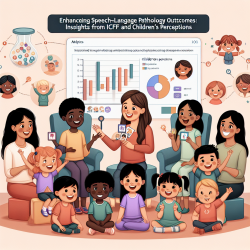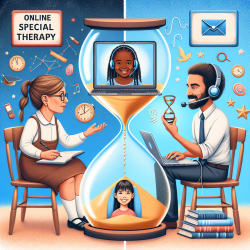Introduction
As a speech-language pathologist committed to data-driven approaches, I am constantly on the lookout for research that can enhance our practices and improve outcomes for children. A fascinating study titled Reading Books and Watching Films as a Protective Factor against Suicidal Ideation offers compelling insights into how media consumption can serve as a protective factor for adolescents experiencing low social belonging.
The Research
The study, conducted by Kasahara-Kiritani et al. (2015), involved 3,256 adolescents from 11 European countries, focusing on how reading books and watching films could moderate the risk of serious suicidal ideation (SSI) among those with low perceived social belonging. The results were promising, indicating that both activities significantly lowered the incidence of SSI over a 12-month period.
Why Books and Films Matter
Books and films offer more than just entertainment; they provide a window into different worlds and perspectives. For adolescents who feel isolated, these media can serve as a form of social support and mental health literacy. Here’s how:
- Identification and Affiliation: Adolescents may identify with characters or situations, reducing feelings of loneliness.
- Role Models: Characters can serve as positive role models, offering coping strategies and emotional support.
- Escape and Coping: Engaging narratives can offer a retreat from daily stressors, helping to develop better coping skills.
Implementing Findings in Practice
As practitioners, we can leverage these findings to support our work with children and adolescents:
- Encourage Reading and Film Watching: Recommend books and films as a supplementary activity for students with low social belonging.
- Create Discussion Groups: Facilitate discussions around books and films to enhance social interaction and mental health literacy.
- Incorporate Media in Therapy: Use narratives from books and films as therapeutic tools to discuss emotions and coping strategies.
Further Research
While this study provides a solid foundation, further research is needed to explore the specific mechanisms by which books and films exert their protective effects. Future studies could investigate the content of media consumed and the motivations behind media engagement.
Conclusion
The findings from this study highlight the potential of books and films as simple yet effective tools for suicide prevention among adolescents. By incorporating these activities into our practices, we can offer an additional layer of support for those at risk.
To read the original research paper, please follow this link: Reading Books and Watching Films as a Protective Factor against Suicidal Ideation.










